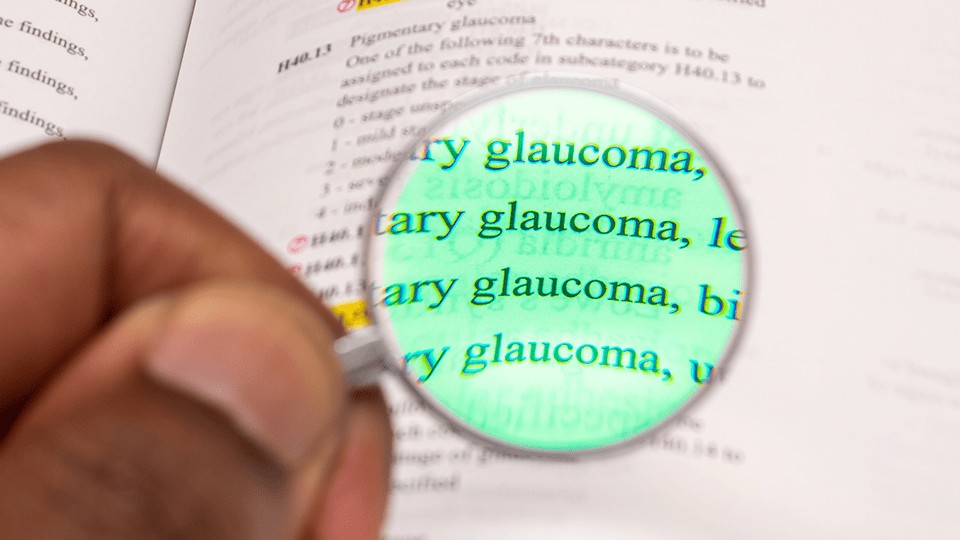How to Protect Your Eyes from Sandstorms and UV Damage in the UAE
18/04/2025

09/04/2025
Glaucoma: Simple Answers To Important Questions!
Is high eye pressure what causes glaucoma?
No, glaucoma is a much more complex disease than just high eye pressure. It is considered a degenerative disease of the optic nerve, or "neuropathy" of the optic nerve. The development and progression of this disease depends largely on the risk factors each patient has. There are many risk factors that worsen glaucoma, but the most important is high eye pressure, which is the only factor we can control with great effectiveness.
What happens when you have glaucoma?
This disease is characterized by being SILENT. The optic nerve is affected and slowly deteriorates, leading to the loss of the visual field. The patient may not realize this until a significant loss of the visual field has occurred. Visual acuity remains good, but side vision can be lost, making it difficult to avoid objects, posts, or people. This is why early diagnosis is so important—discovering the disease in time helps protect the optic nerve. The sooner the diagnosis is made, the less visual field will be lost. Early diagnosis is essential.
How is glaucoma diagnosed?
With a simple examination, the ophthalmologist can determine if the patient has glaucoma through some quick and simple tests. The most important tests are the visual field examination, optic nerve tomography, pachymetry (corneal thickness measurement), and, of course, intraocular pressure measurement.
Is glaucoma curable?
Yes, it must be clear to the patient that they need to be committed to properly following the treatment. Once the diagnosis is confirmed, treatment should begin immediately. The treatment is simple and easy to manage. We start with what we call monotherapy, a single eye drop that is applied once a day. If this doesn't control the high eye pressure, a combined treatment using two medications in one eye drop must be used. In addition to medical treatment, alternatives such as laser therapy and various types of surgery may be considered. These include filtering operations, MIGS (minimally invasive glaucoma surgeries), small devices introduced into the eye to lower pressure, and finally, tube implants.
After the diagnosis and treatment, what do we do?
Since glaucoma is a chronic disease, it must be monitored periodically to avoid losing control, as it is a silent disease, as mentioned earlier. The first check-up should be done three months after the diagnosis. If the patient is following the treatment correctly and has not missed any doses, the next check-up can be scheduled for six months later. My recommendation is to always see glaucoma patients twice a year.
Is the lost visual field recoverable?
No, once the optic nerve has been damaged by prolonged high ocular pressure, nerve fibers begin to be lost. These fibers are responsible for carrying vision from the eye to the occipital cortex of the brain, where we perceive vision.
Are the other risk factors treatable?
Some of them are, such as low/high blood pressure. In these cases, the blood flow to the optic nerve is limited, which can cause further damage. Sleep apnea is also treatable, as it significantly reduces the oxygen supply to the optic nerve during apnea episodes. Proper diabetes management helps reduce the impact on the optic nerve as well.
Doctor's Recommendation:
Take care of your optic nerve because 3.5% of the normal adult population over 40 years old suffer from glaucoma without knowing it.